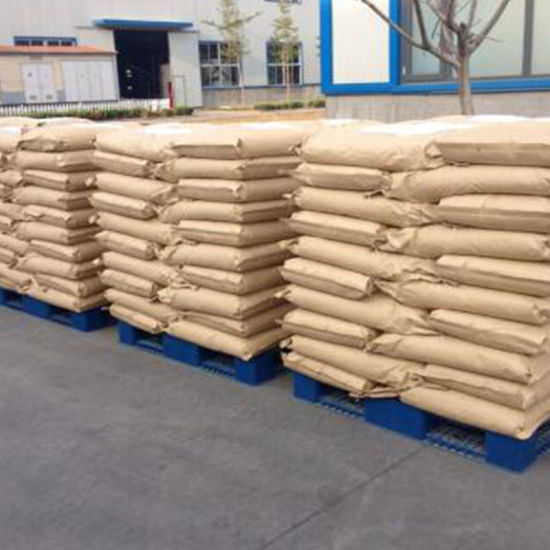Navigating Environmental Responsibility: The Implications of Anionic Polyacrylamide Flocculant and Mitigation Strategies
2024-02-26
In the realm of water treatment and industrial processes, the quest for effective solutions often intersects with the imperative of environmental responsibility. Anionic polyacrylamide flocculant, a versatile polymer renowned for its efficacy in promoting flocculation and sedimentation processes, is no exception. While it offers significant benefits in terms of water quality improvement and pollutant removal, its usage can also raise environmental concerns. In this blog, we'll explore the environmental implications of using anionic polyacrylamide flocculant and delve into strategies for mitigating potential risks.
Environmental Implications:
1. Accumulation in the Environment: Anionic polyacrylamide flocculant residues can accumulate in water bodies, sediments, and soil over time, potentially leading to long-term environmental impacts.
2. Toxicity Concerns: Some formulations of anionic polyacrylamide flocculant may contain residual monomers or impurities that can be toxic to aquatic organisms and ecosystems if released into the environment.
3. Impact on Non-Target Organisms: While anionic polyacrylamide flocculant is designed to target suspended solids and contaminants, it may inadvertently affect non-target organisms such as aquatic plants, invertebrates, and fish.
4. Bioaccumulation: Anionic polyacrylamide flocculant residues may bioaccumulate in aquatic organisms, potentially leading to biomagnification within the food chain and posing risks to higher trophic levels.
Mitigation Strategies:
1. Selection of Environmentally Friendly Formulations: Choose anionic polyacrylamide flocculant formulations that are specifically designed to minimize environmental impact, such as those with low residual monomer content or biodegradable properties.
2. Optimized Dosage and Application: Implement precise dosing protocols and application methods to minimize excess flocculant usage and reduce the potential for environmental release.
3. Pre-treatment and Dilution: Consider pre-treatment processes or dilution strategies to mitigate the concentration of anionic polyacrylamide flocculant residues in discharged effluents, reducing their environmental impact.
4. Biodegradation and Degradation Products: Explore the use of microbial degradation or enzymatic breakdown processes to accelerate the biodegradation of anionic polyacrylamide flocculant residues in the environment.
5. Monitoring and Risk Assessment: Conduct regular monitoring of water bodies, sediments, and soil to assess the presence and impact of anionic polyacrylamide flocculant residues, and adjust treatment practices accordingly.
6. Regulatory Compliance: Ensure compliance with regulatory guidelines and standards governing the use, discharge, and disposal of anionic polyacrylamide flocculant, and implement best management practices to minimize environmental risks.
In conclusion, while anionic polyacrylamide flocculant offers significant benefits in water treatment and industrial processes, it is essential to recognize and address the potential environmental implications associated with its usage. By adopting proactive mitigation strategies, such as selecting environmentally friendly formulations, optimizing dosage and application methods, and implementing monitoring and risk assessment protocols, we can minimize the environmental footprint of anionic polyacrylamide flocculant and ensure a more sustainable approach to water treatment and industrial operations. Through a commitment to environmental responsibility and innovation, we can harness the benefits of anionic polyacrylamide flocculant while safeguarding the health and integrity of our ecosystems for generations to come.



